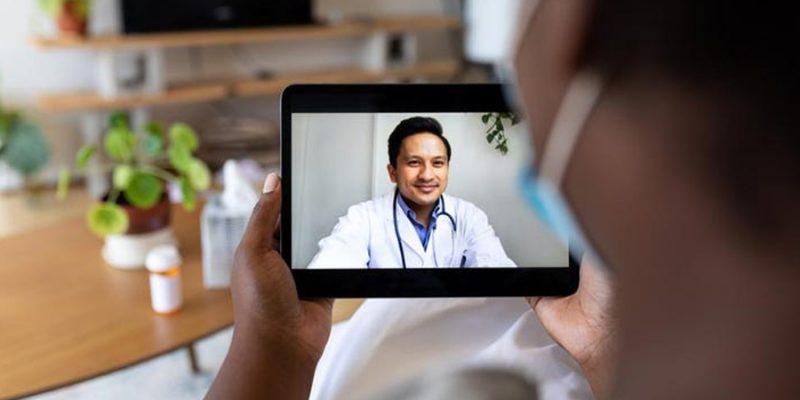
Adaptive digital healthcare services have shown to be long-lasting and accessible to a wide spectrum of patients
Although the pandemic has impacted various businesses over the previous two years, it’s difficult to deny that healthcare is the most severely impacted. In the medium to long term, however, healthcare providers recognise that they are already on the edge of a digital revolution in all of the services they provide. Although new technologies such as artificial intelligence (AI), the Internet of Things (IoT), and wearables are assisting in the digital transformation, the majority of it is driven by technological patient and practitioner expectations. Patients want secure and convenient digital healthcare, and doctors expect quick and easy access and diagnostic tools from any location.
According to around 41% of the corporate executives we questioned, patients’ demands change often – sometimes every week. In reality, clinical importance is much higher in healthcare, as seen by the urgent need to adapt quickly during the Covid-19 epidemic to satisfy patients who increasingly value expediency and ease of access to treatment. With beds, ventilation systems, medical equipment, physicians, and nurses in limited supply, it’s clear that the digital revolution of hospitals must accelerate.To meet these new objectives, healthcare companies must implement a data-driven approach throughout their whole business. C-suite leaders need to lead with a revolutionary vision that allows their firms to grow toward digitalization maturity to drive this approach.
It’s probably unsurprising that this year, more people employed digital tools to monitor their health. Only 7% of consumers had a virtual appointment with a provider in early 2020, compared to a whopping 32% this year. Nearly half of respondents (48%) claim they have never had a remote medical appointment. In 2020, 39% of people with chronic conditions or ongoing problems received a virtual consultation. This year, we also noticed a rise in the use of health records, with 31% of respondents utilising EHR. When compared to our last pre-pandemic study, remote patient monitoring has increased thrice. Surprisingly, 21% of those polled said that they would be eager to participate with digital services or technology.
Virtual doctor services
Even though telehealth utilisation has expanded by 38 times since the implementation of Covid-19, few healthcare institutions can claim to have raised their digital expenditures to support this massive shift in the delivery of services. The safe incorporation of data flows is one strategy to improve virtual doctor service access and healthcare results.
Work from home option for clinicians
Allowing doctors to work from home provides a lot of benefits, including enhanced productivity and efficiency, as well as a range of other benefits. Allowing physicians to work from home, on the other hand, demands significantly more digital investment than the average professional. There are numerous infrastructure modernization alternatives to consider, especially at the edge, when addressing real-time network and processing needs including large-scale imaging diagnostics, video consultation, and remote surgery, for example.
IoT and wearables
The growing use of the Internet of Things (IoT) “things” and wearable devices are altering the landscape of data collecting in the healthcare industry. Other gadgets, such as mobile scanners and applications, are allowing healthcare to be delivered to people in rural and isolated places. By 2027, investments in health IoT are expected to triple to 260.75 billion, with 80% of customers preferring to wear fitness gear that can track their entire health. Although it’s amazing to imagine that patients may one day be able to do tests like cardiograms from the comfort of their own homes, this new treasure of medical data will necessitate a full rethink of data storage, networking, and security systems.
Artificial intelligence
This is a fast-moving area of innovation. Combining digital services, research, and healthcare organisations’ efforts can yield exceptional outcomes, such as initiatives involving precision diagnosis using digital imaging and cancer diagnoses for skin malignancies via image recognition. We’re thrilled about the possibilities that sophisticated AI and machine learning can have in saving and enhancing countless lives as they become more powerful.
Digital twins
This is a notion that is gaining traction in the industrial industry because it provides new ways to enhance the effectiveness and security of mechanical equipment. Hospitals may use AI to monitor the outputs of scanning technology and undertake predictive maintenance to increase accuracy while also providing doctors with AI-enhanced insights about scan accuracy. With the ultimate aim of generating diagnostic testing more accessible, reliable, pleasant, and inexpensive for everyone, digital twins aid in the improvement of scanners, scan quality, and data models. These are mostly used to create trust, transparency, and democratize healthcare.



















